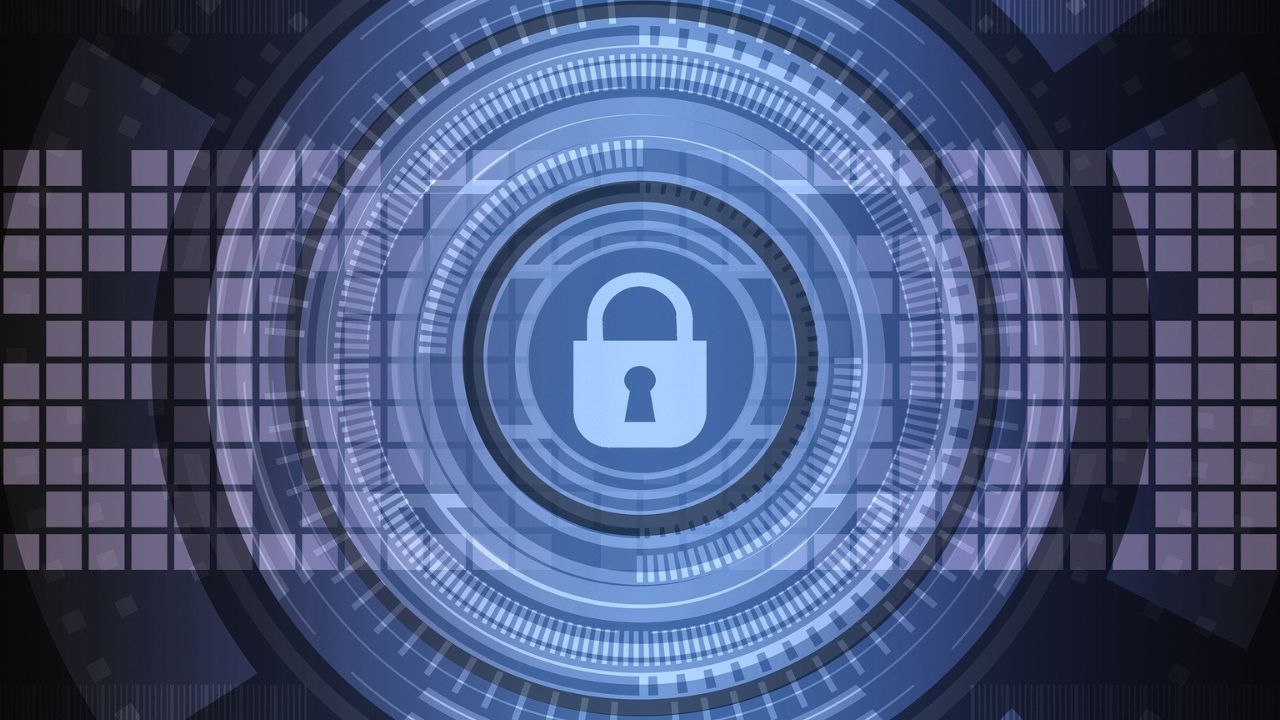Modern systems rely on networks to connect and operate. These networks must be protected to avoid hacks and data breaches.
Network security protects confidential files, keeps devices from viruses and hackers, improves performance, and saves money for businesses in the long run. It is essential to any business.
Security Policy
Today, many sensitive data is gathered by computers in homes and offices. What is network security does is prevent the loss of essential data, expensive downtime, and bad PR, and these networks must be secured from unwanted access. Creating specific, comprehensive, well-defined security policies is the first step in securing a network. These policies will govern the security of computers, individuals, and the organization.
While policy documents are high-level, the underlying information security principles are more fluid and must evolve as technology changes or new risks become evident. It is essential to involve IT and business staff in creating the policies and ensuring that the guidelines reflect the organization’s goals, priorities, and culture.
It is vital to make all staff aware of the importance of the policies. With this, personnel can navigate the rules and procedures because they will be seen as inconvenient rather than necessary. In addition, a designated staff member must be assigned responsibility for the day-to-day enforcement of the policies. This person must be empowered to reward and reprimand employees for compliance with the guidelines.
It is also helpful to have separate policies for different work environments and levels of users. It allows each subset to tailor its guidelines to fit the environment in which it operates while maintaining a consistent overall set of security regulations.
Access Control
Network access control is one of the most essential tools in your security arsenal. It ensures that only authorized users can access data and prevents them from acting maliciously on information they shouldn’t have had access to. Without network access control, you’d have much more malware on your computer, as hackers can quickly get past firewalls and antivirus solutions.
In a technical sense, network access control is the policies, models, and mechanisms that determine who can use which resources and when they can do so. It also includes the ability to restrict or grant access based on an individual’s authenticated identity and what actions they can take on protected data or IT systems.
For example, a role-based access control (RBAC) system gives employees permissions based on their assigned business functions. Ensures that lower-level employees don’t have access to confidential information. Another popular option is an attribute-based access control solution, a dynamic method that considers a user’s history and current environment.
Network access control is beneficial for organizations that want to ensure that employees don’t have access to any information they shouldn’t, including data that could potentially jeopardize a company’s privacy. It’s also vital for preventing malware threats, as Kaspersky shares that 360,000 new malware pieces are downloaded daily.
Encryption
Encryption is a crucial network security element that scrambles readable data so that only parties with the decryption keys can access it. It protects the privacy of consumers and employees and reduces the likelihood of malicious actors stealing sensitive information or using it for nefarious purposes. It also helps meet many data protection and privacy regulations, including those governing healthcare information (HIPAA), credit and debit card transactions, retail transaction data, and more.
Another critical aspect of network security is ensuring the physical safety of devices like servers, routers, and switches that power and maintain your digital networks. These devices can be stolen or damaged in various ways, from simple hacking to ransomware attacks requiring payment before the affected data is released. Taking steps to prevent this, such as installing video surveillance and ensuring that all equipment is secure, can help keep your systems safe.
Cyberattacks are becoming more sophisticated, extensive, and frequent and are expected to increase in severity. Network security is a vital part of protecting your business and its data from those threats, and it encompasses everything from essential practices like creating strong passwords to advanced processes such as network analytics and VPN encryption. By understanding the basics of network security, you can protect your business against cyberattacks that could lead to data breaches, loss of revenue, and other disasters.
Similarly, Network Security Testing is the process that involves the assessment of an organization’s network to identify flaws in its security and potential entry points for cyberattacks.
Firewalls
Firewalls are hardware or software that create a barrier between your network and the internet. It helps prevent hackers from entering your computer and spreading malicious code throughout the network. Firewalls can filter data as it enters your computer and leaves. It is what makes firewalls so important, especially in an era when cyberattacks are becoming increasingly common.
How a firewall works is similar to how a security guard at a building entrance might look at each person coming in and out. The security guard might make decisions based on where the individual came from, where they are going, and what they look like. The guard might let the person in, deny them, or drop them. A firewall does this, too, with packets of data containing information about the container’s sender, destination, and content.
A firewall looks at this information and allows or denies each packet based on pre-established security rules. These rules are compiled by an expert known as a cybersecurity specialist or firewall administrator. The ruleset tells the firewall what to do when certain conditions are met, such as if a piece of data attempts to enter the network.
However, firewalls do not stop all malicious activity. Malicious software can still enter a computer via an email, for example, and then spread from computer to computer. It is why taking an ethical hacking course such assSimplilearn’s CEH v11 – the certified ethical hacker is vital to developing your knowledge of penetration testing and spotting potential threats.
